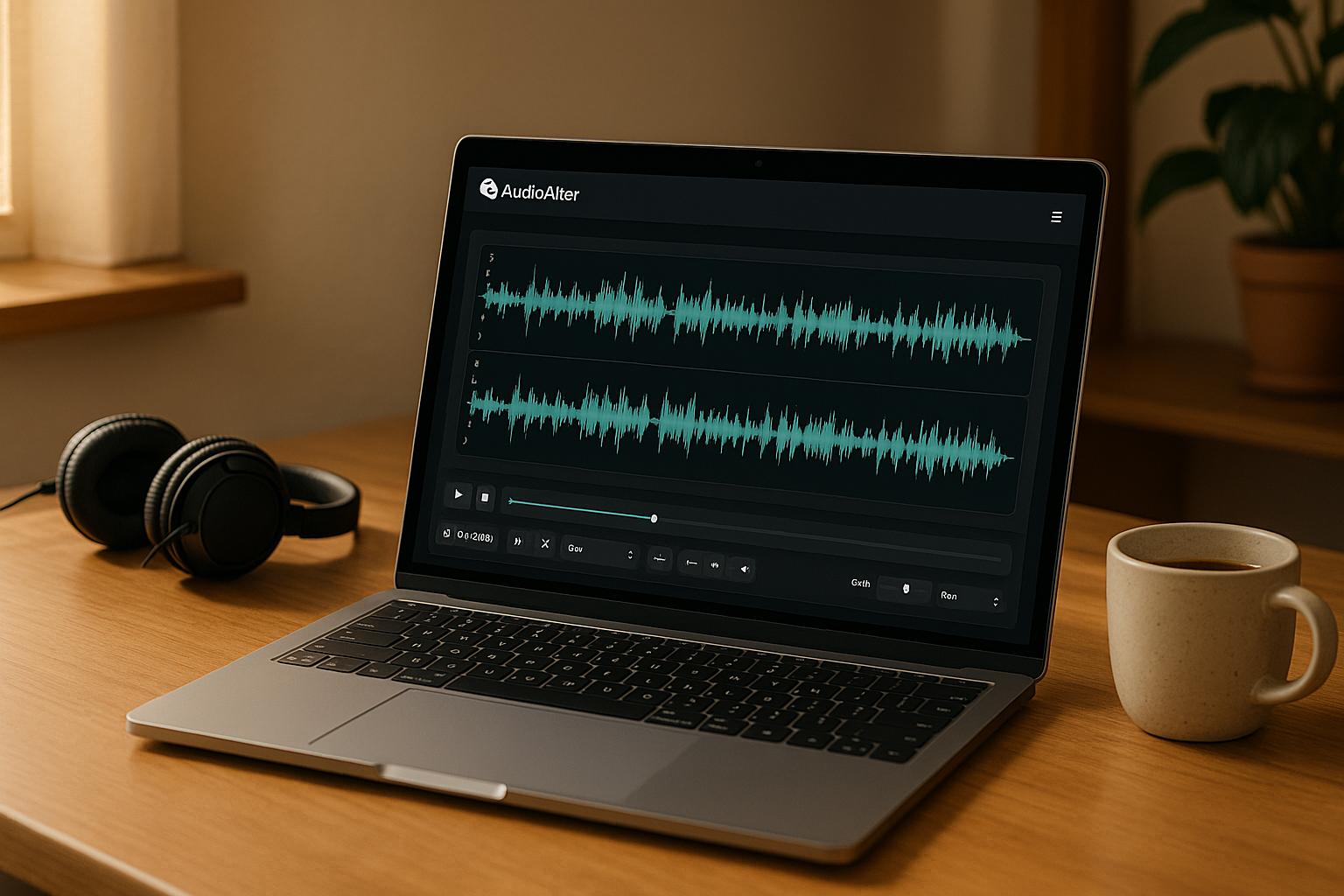AI tools are transforming how students manage their studies in 2025. From simplifying note-taking to improving writing and organizing study schedules, these tools save time and make learning more effective. The key is finding tools that meet your needs while ensuring privacy, compatibility with school systems, and affordability.
Here’s what you need to know:
- Top Tools: ChatGPT Study Mode for tutoring, NotebookLM for organizing notes, Grammarly for writing, Otter.ai for lecture transcription, and Canva AI for creating presentations.
- Key Considerations: Check privacy standards, integration with school platforms like Google Classroom or Canvas, and pricing (look for student discounts).
- Practical Tips: Use AI for tasks like summarizing notes, automating transcription, and tracking progress to focus on deeper learning.
AI tools aren’t a replacement for learning - they’re a way to optimize your efforts. Start small, test free versions, and build habits around tools that simplify your workload and enhance your academic performance.
The 5 BEST AI Tools for Research & Studying (2025)
What to Consider When Choosing AI Tools for Students
Selecting the right AI tools involves more than just picking something with cool features. For students and families, it's about making informed decisions to avoid wasted money, security risks, or compatibility headaches.
With the growing variety of AI tools available, it’s easy to feel overwhelmed. But by focusing on a few key factors, you can ensure any tool you choose not only fits academic needs but also meets safety standards.
Privacy and Data Security Standards
Protecting student data should always be a top priority when evaluating AI tools. Many of these platforms require access to personal information, assignments, or notes to function properly. Without strong safeguards in place, sensitive details could be at risk.
Start by checking if the tool complies with FERPA (Family Educational Rights and Privacy Act). This ensures that student records are handled responsibly. Many reputable platforms highlight their FERPA compliance as a way to build trust. Additionally, make sure the tool uses data encryption - both for storing your information and during transmission between your device and their servers.
Look into the tool's data retention policies, too. Some platforms hold onto your data indefinitely, while others delete it after a set period. If you’re working on sensitive projects or research, knowing how long your data stays on their servers is crucial. Also, find out what happens to your information if you stop using the service.
Be cautious of platforms that ask for excessive permissions or are vague about how they handle data. For example, tools requesting access to your entire file system or all your emails should raise alarms. Transparent practices around data usage not only protect your academic work but also ensure peace of mind.
Integration with Common School Platforms
How well an AI tool integrates with your school’s existing systems can significantly impact its usefulness. Many U.S. schools rely on platforms like Google Classroom, Canvas, Blackboard, or Microsoft Teams for managing assignments, communication, and grades.
For example, tools that work smoothly with Google Workspace are particularly helpful, as Google Classroom is widely used in schools. These integrations can simplify tasks like managing files or tracking assignments. Similarly, Canvas compatibility is essential for college students, as it's a leading platform in higher education. Look for AI tools that sync with Canvas calendars, import due dates, or even allow direct submission of assignments.
Another feature to consider is single sign-on (SSO). Tools that let you log in with your school credentials save time and often provide added security through your institution’s authentication systems.
Think about how the tool handles common academic file types and whether it supports specialized formats like complex equations or multimedia content. If your school encourages mobile device use, mobile app availability is also important. The best tools ensure functionality across both desktop and mobile devices, allowing you to work seamlessly wherever you are.
Pricing and Accessibility for Students
Cost is another critical factor, and it’s essential to look beyond just the advertised monthly price. Many platforms use tiered pricing, which can add up quickly if premium features - often necessary for academic work - are required.
Check for student discounts, as many companies offer reduced rates for verified students. Some even provide free access to basic features, with the option to upgrade. It’s also worth seeing if your school has negotiated special pricing, which might be more affordable than individual plans.
Take a close look at the limitations of free tiers. While free versions might seem appealing, they often come with restrictions like usage caps, limited features, or file size limits. Make sure the free version can meet your needs or be prepared to upgrade if necessary.
For students on tight budgets, payment flexibility can make a big difference. Monthly billing options are ideal if you only need the tool for a semester or specific projects. Some platforms even let you pause subscriptions during breaks, like summer vacation or study abroad programs.
Don’t overlook accessibility features, which can improve the experience for all users, not just those with disabilities. Look for tools that support screen readers, offer keyboard navigation, adjustable text sizes, and high-contrast modes. Additionally, consider device requirements. Some tools demand high-end hardware or specific operating systems, which might not be practical for everyone. Cloud-based tools that run through web browsers are often more accessible and less hardware-dependent.
Finally, think about the total cost of ownership. This includes any extra subscriptions, internet speed requirements, or hardware upgrades necessary to use the tool effectively. A tool that seems affordable upfront might turn out to be costly once you factor in these additional expenses. Prioritizing affordability and accessibility ensures your AI tools genuinely enhance your academic routine without breaking the bank.
AI Apps: The Central AI Tools Directory
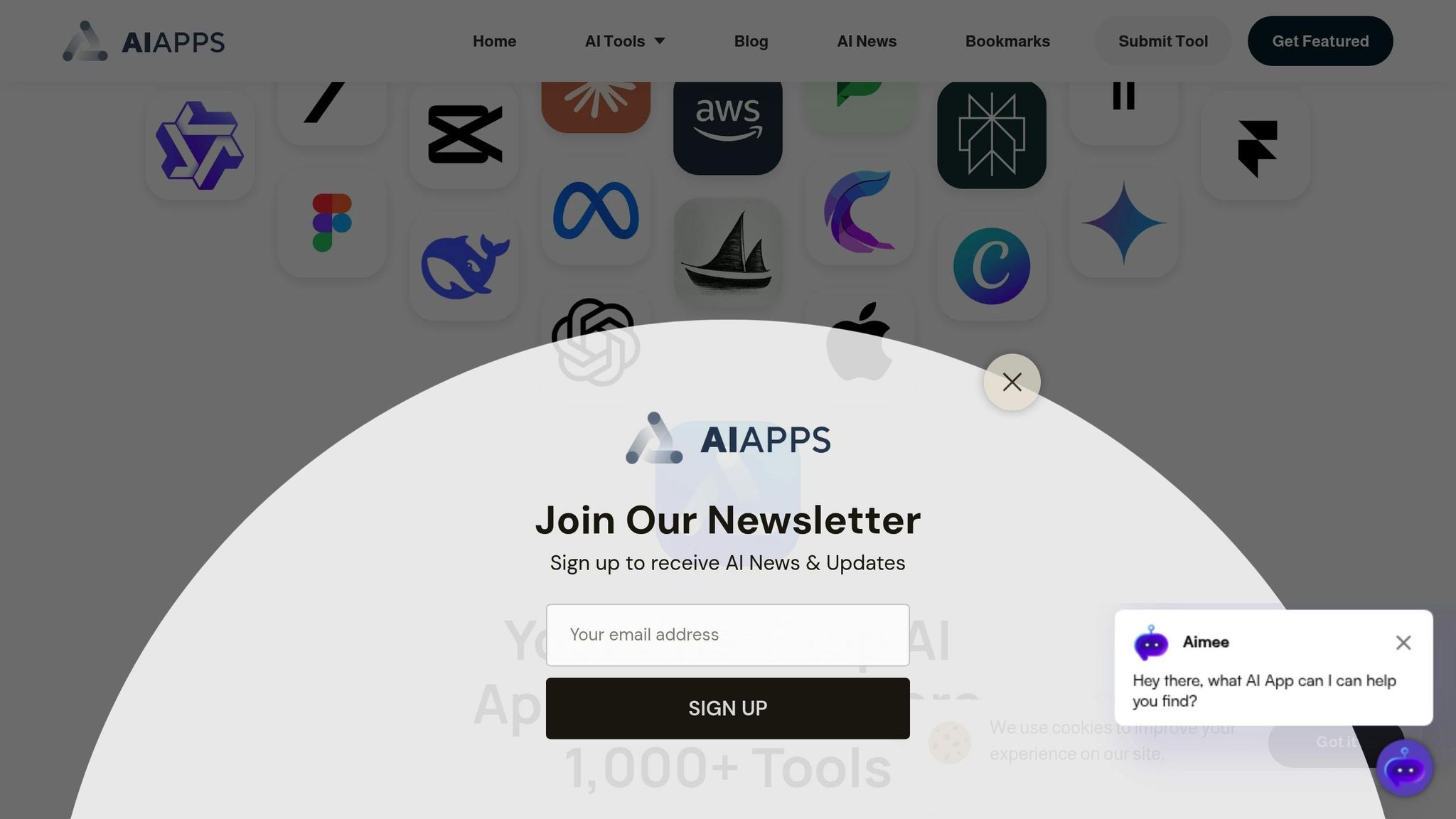
Finding the perfect AI tool for your studies can feel like searching for a needle in a haystack. That’s where AI Apps comes in. This platform serves as a one-stop directory, offering access to a curated collection of over 1,000 AI tools across a variety of categories. Whether you’re looking for AI text generators, study assistants, video editing software, or automation platforms, AI Apps organizes everything in one place. By cutting through the clutter, it helps you make smarter, faster decisions about the tools you need. Plus, it’s seamlessly connected to the top AI tools we’ll explore later in this guide.
Advanced Filtering and Search Options
AI Apps makes finding the right tool effortless with its advanced filtering and search features. You can narrow down your options by category, sub-category, and even pricing model. Whether you need a writing assistant, an AI art generator, or video tools to enhance your presentations, the platform’s filters let you zero in on exactly what you’re looking for. This targeted search saves time and eliminates the frustration of endless web browsing, leading you directly to the curated tool listings below.
Verified and Curated AI Tool Listings
When it comes to AI tools, quality matters. Instead of overwhelming you with every option out there, AI Apps focuses on a carefully curated selection of tools that have been reviewed for their functionality and relevance to academic needs. Each tool is evaluated for ease of use, learning curve, and practical application in educational settings. This ensures that you’re only presented with tools that truly add value to your studies. Additionally, the platform highlights featured and newly added tools, so you can stay up-to-date with the latest advancements in AI technology.
Free and Paid Tool Listings
Transparency is key when it comes to pricing, and AI Apps delivers. The platform clearly separates free tools from paid ones, providing detailed pricing information in USD. For free tools, it outlines any limitations so you can decide if the free version meets your requirements. For paid tools, monthly and annual pricing plans are clearly displayed, helping you make informed choices without any hidden costs or surprises.
Top AI Tools for Back to School in 2025
Heading back to school in 2025? AI-powered tools are here to make studying smarter and more efficient. Below, we’ve rounded up five standout tools designed to tackle modern academic challenges and help you excel in your studies.
ChatGPT Study Mode
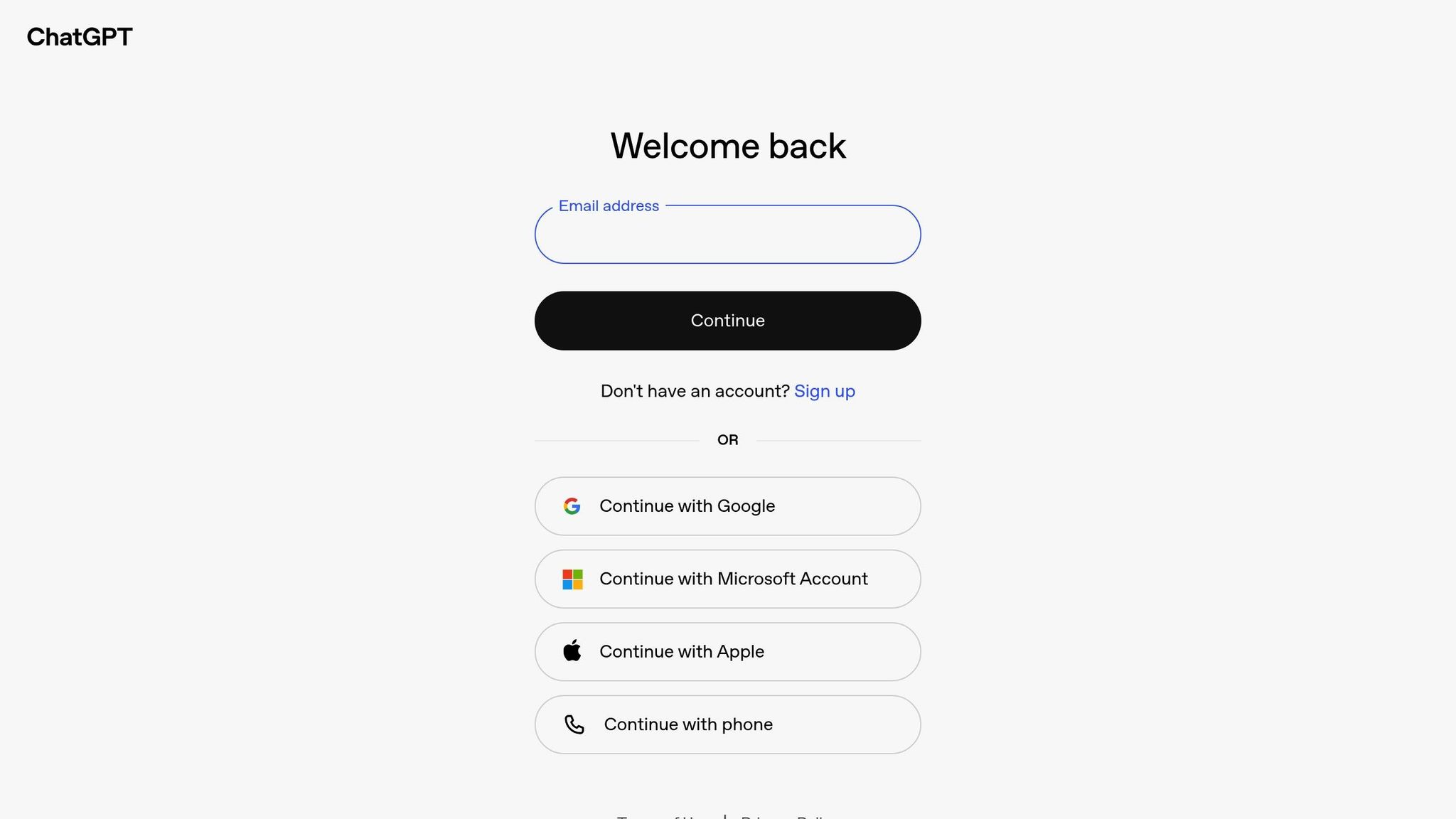
ChatGPT Study Mode is like having a personal tutor at your fingertips. Whether you're tackling tricky math problems, breaking down scientific concepts, or crafting essays, this tool uses a conversational approach to guide you step by step. It adapts to your learning style, making complex topics easier to grasp.
NotebookLM
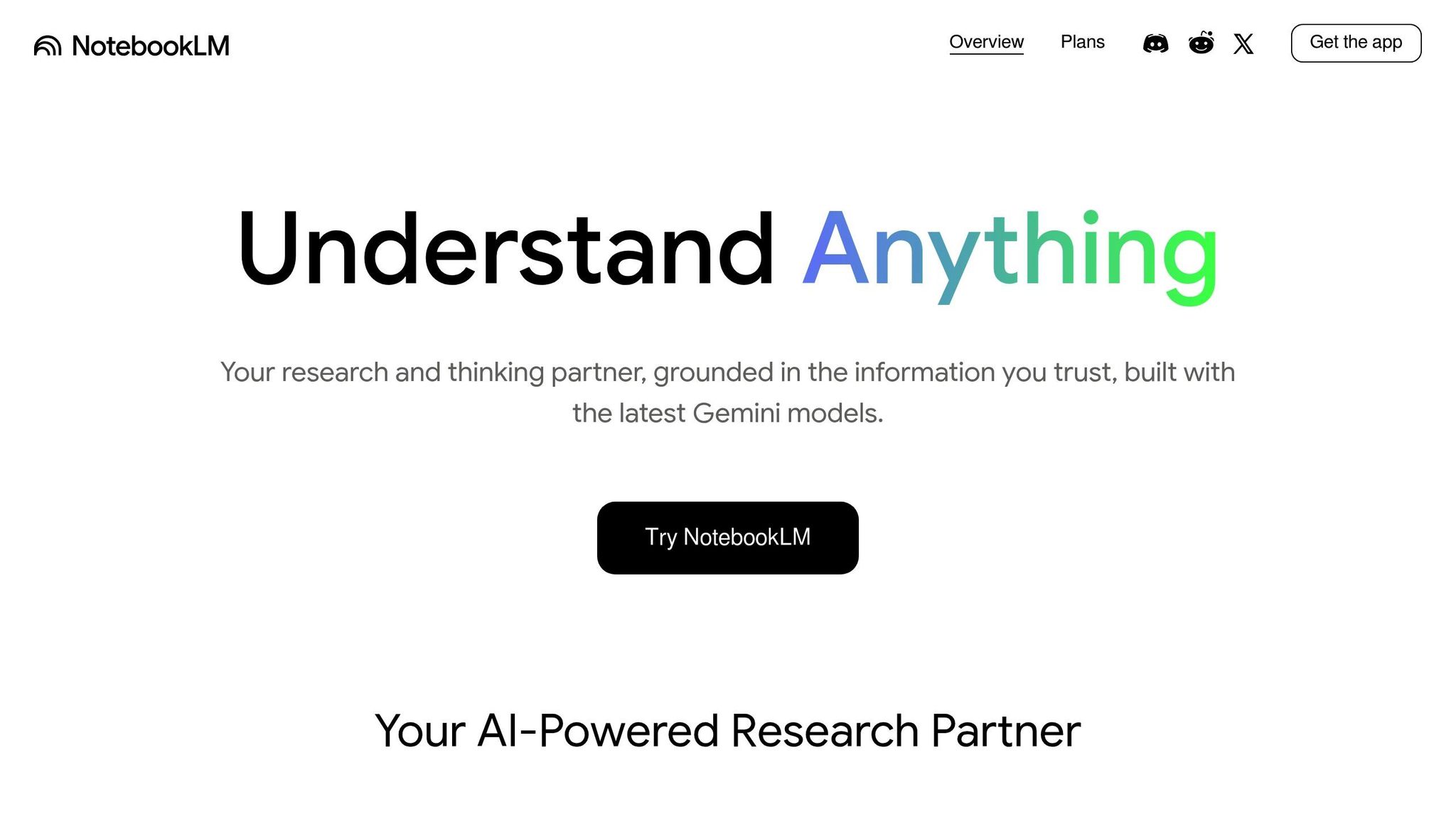
NotebookLM takes the chaos out of studying by turning detailed notes into concise summaries. It also generates mind maps that visually link ideas, helping you see the big picture and organize your study sessions more effectively.
Grammarly
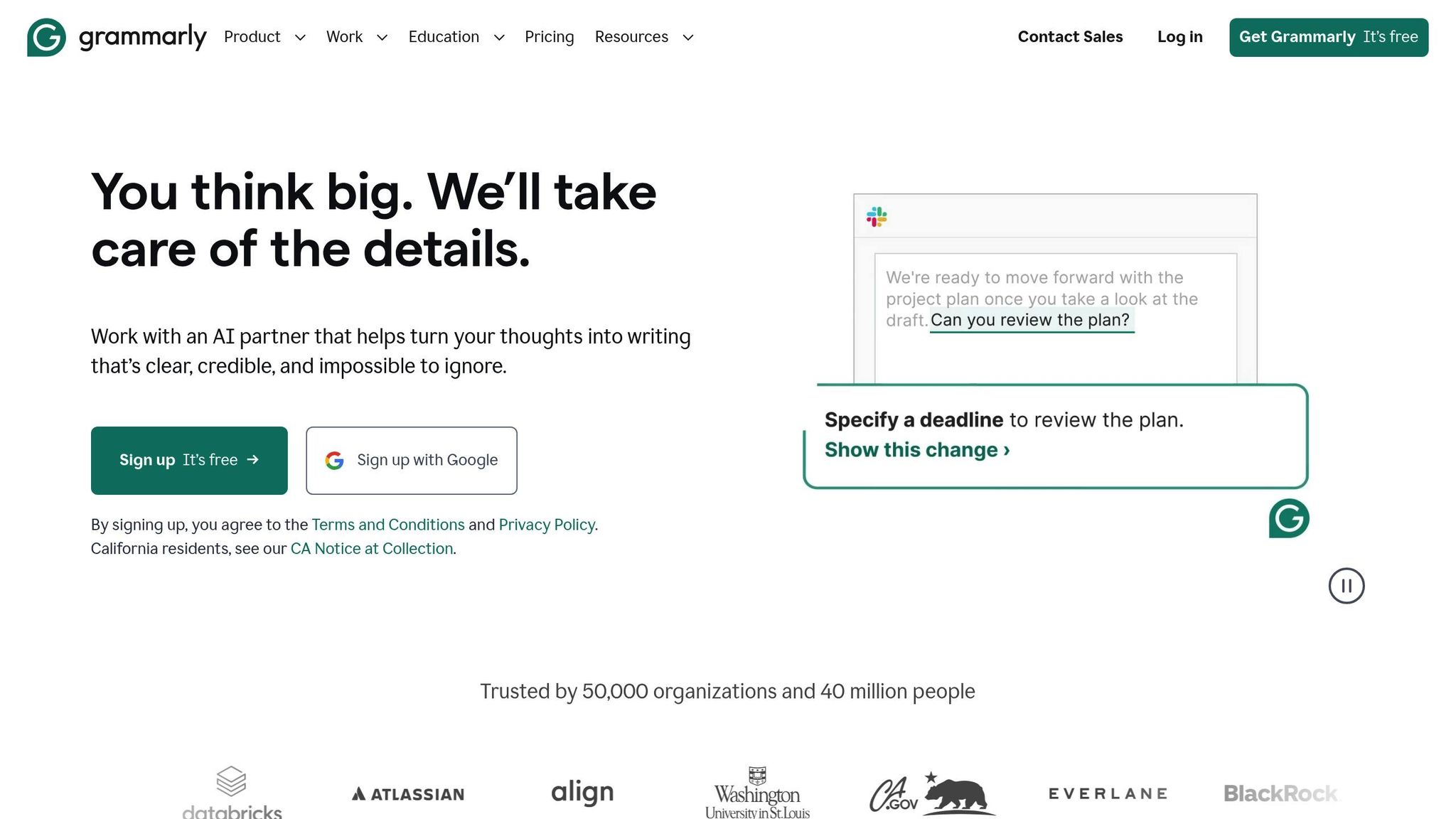
Grammarly is your go-to writing assistant for assignments and research papers. It offers real-time suggestions to improve clarity, adjust tone, and ensure your work meets academic standards. Plus, its plagiarism checker helps keep your writing original and polished.
Otter.ai
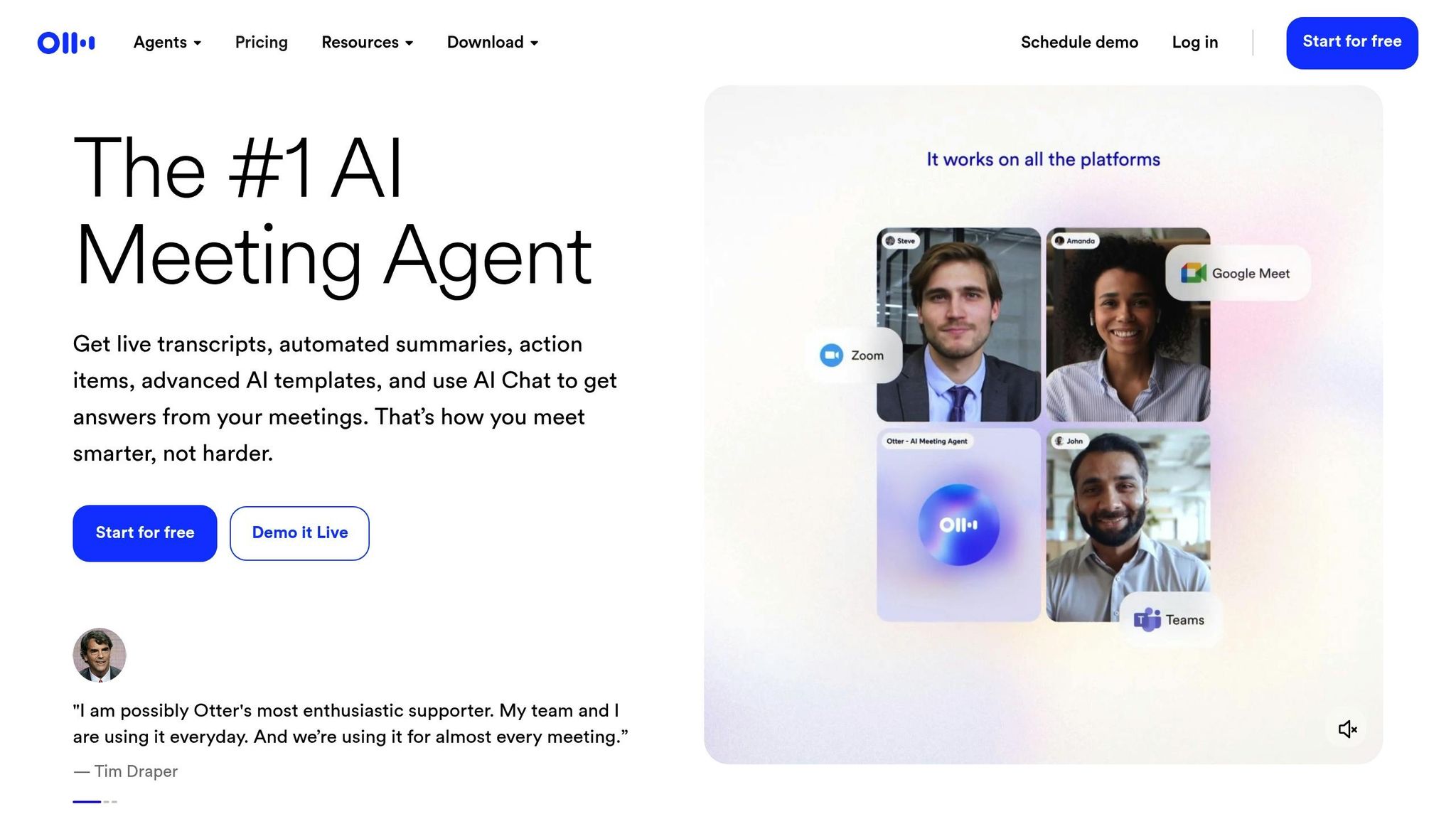
Otter.ai is perfect for capturing every word in lectures. Its real-time transcription, speaker identification, and automated summaries make note-taking effortless. Searchable transcripts mean you can quickly find key points, saving time and making group projects a breeze.
Canva AI

Canva AI simplifies creating eye-catching presentations and visual projects. It suggests layouts, color palettes, and fonts, while also offering text generation for slides. With education-specific templates and real-time collaboration features, it’s a game-changer for group assignments.
sbb-itb-212c9ea
Comparison Table: Features and Benefits of Top AI Tools
When it comes to choosing the right AI tool for your academic needs, a side-by-side comparison can make all the difference. Below is a handy table summarizing the key features, pricing, and compatibility of five popular tools. Whether you're tackling complex problems, organizing study materials, or creating visual content, this guide will help you make an informed decision.
| Tool | Primary Function | Key Features | Pricing | Platform Compatibility | Best For |
|---|---|---|---|---|---|
| ChatGPT Study Mode | AI tutoring and homework help | Step-by-step problem solving, conversational learning, multi-subject support | Free tier available, Plus at $20/month | Web, iOS, Android | Complex problem solving, writing assistance |
| NotebookLM | Note organization and summaries | Auto-summarization, mind mapping, source integration, collaboration tools | Free with Google account | Web-based, Google Workspace | Research projects, visual learners |
| Grammarly | Writing and editing | Real-time grammar checks, tone adjustment, plagiarism detection | Free version, Premium at $12/month, Business at $15/month | Web, desktop, mobile, browser extensions | Essays, research papers, academic assignments |
| Otter.ai | Lecture transcription | Real-time transcription, searchable notes, speaker identification | Free (600 minutes/month), Pro at $10/month, Business at $20/month | Web, iOS, Android, Zoom integration | Lecture capture, group study, accessibility |
| Canva AI | Visual content creation | AI design suggestions, education templates, presentation builder | Free version, Pro at $14.99/month, Teams at $29.99/month for 5 users | Web, iOS, Android, desktop apps | Presentations, infographics, group projects |
Each tool offers a free option, making it easier to test their features before committing. Compatibility is another factor to keep in mind - NotebookLM integrates seamlessly with Google Workspace, a favorite among schools, while Otter.ai connects directly with Zoom, making it ideal for remote learning.
Think about your specific needs. For tackling tough subjects, ChatGPT Study Mode is great for breaking down complex concepts. If you’re a lecture-heavy student, Otter.ai can save you hours by transcribing and summarizing notes. Visual learners or those working on group projects may find Canva AI and NotebookLM especially helpful with their design and mind-mapping features.
Use this table as a quick reference to find the tool that aligns best with your academic goals. Whether it's writing, organizing, or creating, there's a tool here to make your studies more efficient and effective.
How to Add AI Tools to Your Study Routine
Incorporating AI tools into your study habits doesn't have to feel like a daunting task. The key is to start small - try out one or two tools and build from there as you discover what works best for you.
Think of AI tools as study companions, not replacements. Use them for tasks like transcription, grammar checks, or organizing notes. This frees up your brainpower for more complex thinking and deeper learning.
Here are some practical ways to weave AI tools into your study routine.
Organizing Study Materials
Create a consistent digital filing system. Use clear, logical file names like Fall2025_Math101_Week01. This approach saves you time and ensures AI tools like NotebookLM can easily process and organize your materials.
Centralize your research with NotebookLM. Upload your notes, PDFs, and articles into subject-specific folders in NotebookLM. This setup allows the tool to draw connections between your sources, helping you uncover patterns and themes you might have missed.
Automate lecture recordings with Otter.ai. Sync Otter.ai with your calendar to record lectures automatically. Use a consistent naming format like Chemistry_Lecture_09-22-2025 to make your transcriptions searchable and easy to reference when reviewing for exams.
Set up assignment templates with Grammarly. Create preformatted templates for essays, lab reports, or research papers. Include your preferred citation style and formatting to save time and ensure consistency across all your assignments.
Tracking Academic Progress
Schedule weekly review sessions with AI tools. Dedicate time each week to go over your transcribed lectures in Otter.ai, check your writing progress in Grammarly, and organize new materials in NotebookLM. Regular reviews help you stay on top of your workload and prevent last-minute cramming.
Use AI tools for quizzes and self-assessments. After finishing a chapter or unit, try ChatGPT Study Mode to quiz yourself. Focus on areas where you struggle, as these are the topics that may need extra attention.
Monitor your writing improvement with Grammarly's reports. Grammarly provides weekly insights on your vocabulary, sentence variety, and common mistakes. Reviewing these reports over time can help you track your progress and refine your writing skills.
Visualize progress with dashboards. Use simple spreadsheets or apps to track your goals, like pages read per week or hours spent studying. Tools like Canva AI can help you design visual charts to make your progress more engaging and easier to interpret.
Break down big projects with ChatGPT Study Mode. For large assignments, such as a 15-page research paper, let ChatGPT help you divide the work into smaller tasks like research, outlining, drafting, and revising. This method keeps you organized and reduces stress as deadlines approach.
The key to success is consistency. Students who use AI tools regularly - even for short daily sessions - tend to achieve better results than those who only turn to them during crunch time. Start with the tools that address your immediate needs, and gradually add more as your routine evolves. Over time, these strategies will help you work smarter and stay ahead in your academic journey.
Conclusion
By 2025, AI has become an integral part of students' academic lives, reshaping the way they learn and achieve success. An impressive 95.6% of students now rely on AI technologies for their studies, with 80% acknowledging that these tools improve their educational experience and 82.4% crediting AI with boosting their academic performance. From better grades to enhanced project results and deeper understanding, AI-powered tools offer personalized and adaptive learning experiences that make a tangible difference.
What sets 2025 apart is how seamlessly students have incorporated AI into their daily study routines. Tools like ChatGPT Study Mode and Otter.ai help streamline tasks such as lecture transcription, writing refinement, and creating visually engaging study aids. Many students now use these technologies consistently throughout the semester, which leads to more meaningful learning outcomes compared to last-minute cramming.
Choosing the right tools plays a key role in this transformation. Platforms like AI Apps simplify this process by offering a curated directory of over 1,000 AI tools across diverse categories. Its advanced filtering and multi-step verification processes ensure students can quickly find tools that align with their specific academic needs. This saves time and ensures quality, making AI Apps a go-to resource for students aiming to boost their efficiency.
The real advantage lies in combining AI’s capabilities with critical thinking and creativity. As you gear up for the school year, focus on integrating one or two tools that address your most pressing needs. Build consistent habits around these technologies, and as your confidence grows, expand your toolkit. The students who strike the right balance between leveraging AI and honing their problem-solving skills today will be the leaders in tomorrow’s AI-driven world.
FAQs
What steps can students take to protect their privacy and data when using AI tools for studying?
To keep your privacy and data safe while using AI tools, it’s important to understand what kind of information the tool collects and how it’s being used. Look for tools that align with privacy laws like FERPA or COPPA, and opt for platforms that offer secure, encrypted data storage. Be cautious about sharing sensitive personal details - only do so when absolutely necessary.
For students, using strong, unique passwords is a must. Adding two-factor authentication provides an extra layer of protection. Schools can play their part by setting clear policies for AI use, training staff on cybersecurity practices, and ensuring all tools receive regular security updates. Staying alert and informed can go a long way in safeguarding your data.
What should I consider when using AI tools with platforms like Google Classroom or Canvas?
When bringing AI tools into platforms like Google Classroom or Canvas, compatibility should be your top priority. The tool needs to integrate smoothly with the platform to keep workflows running efficiently and make adoption hassle-free.
You’ll also need to think about privacy and ethics, especially when it comes to handling student data. Check that the AI tool meets privacy regulations and aligns with your school’s policies. On top of that, offering training sessions for teachers and students can help everyone get comfortable with the tool and encourage its responsible use.
Finally, pick tools that align with your teaching style and add value to the learning experience. Whether it’s helping with time management or tailoring lessons to individual students, the right AI tool should enhance - not complicate - your classroom efforts.
What are some affordable ways for students to access premium AI tools without going over budget?
In 2025, students have plenty of budget-friendly ways to get their hands on premium AI tools. Many platforms now provide free plans or basic tiers packed with essential features, so students can start using AI without spending a dime. On top of that, some providers roll out student discounts or exclusive deals on premium subscriptions, making advanced tools easier to afford.
Want to save even more? Look out for limited-time promotions or educational grants that might unlock free access to premium features. These options make it possible for students to tap into advanced AI tools without breaking the bank.
